Exercise is not enough if you sit a lot
1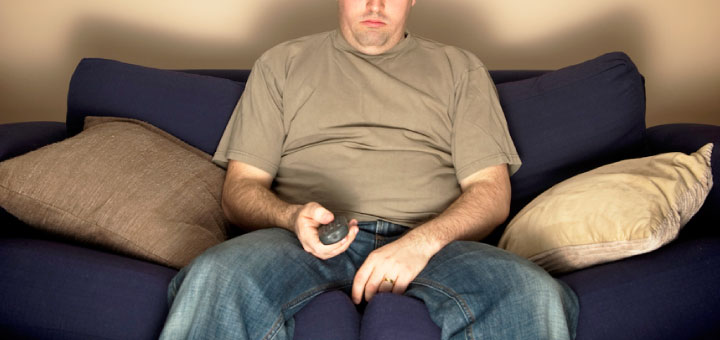 When I was in middle school, a friend of mine, whose mom was a doctor, mentioned in passing that many bus drivers had problems with their intestines falling out since they had to sit a lot. That image hunted me for weeks and made me very agitated whenever I had to sit for a while. Now, I don’t know about the intestines falling out, but there are many, many problems associated with sedentary lifestyle – look at the infographic below just to scare yourself, or your students 🙂
When I was in middle school, a friend of mine, whose mom was a doctor, mentioned in passing that many bus drivers had problems with their intestines falling out since they had to sit a lot. That image hunted me for weeks and made me very agitated whenever I had to sit for a while. Now, I don’t know about the intestines falling out, but there are many, many problems associated with sedentary lifestyle – look at the infographic below just to scare yourself, or your students 🙂
For the longest time the general recommendation was to balance it out with exercise, at least 30 min a day, etc. However, recent research shows that potential issues associated with sedentary lifestyle are NOT offset by regular exercise. “Sedentary behavior — sitting for long periods of time — is distinct from physical activity and has been shown to be a health risk in itself. Meeting the guidelines for physical activity does not make up for a sedentary lifestyle,” said American College of Sports Medicine after completing their study. So basically, even if you exercise vigorously for 30 minutes or an hour a day, but sit for 8-9 hours, you are still facing the same risks as those who don’t exercise! That sounds a bit unfair.
Since most of us spend plenty of time sitting, does it mean then that we all will end up obese, diabetic and with heart problems? Not necessarily. The same research found preliminary evidence that “a higher number of breaks in sedentary time was beneficially associated with waist circumference, body mass index, triglycerides” and other factors. It means that if you get up at least once every hour and move around, you are changing the odds in your favor. You don’t have to do jumping jacks either (although you could). All you have to do is take a stroll to another room, go up or down the stairs, visit with a coworker, etc. Sound pretty simple, but it’s amazing how it changes the way you feel! Try it for yourself.
Another interesting thing is that it seems that fidgeting helps, meaning changing your position frequently when you sit. It prevents you from stressing the same muscles for hours and you are less likely to develop asymmetries and imbalances. So if your mom used to tell you to sit still, now you can call her and say that fidgeting is actually good for your health.
We have to take all that into consideration when we design practices for our private clients as well. Often a short simple yoga practice that they can do regularly will be much more effective then an intricate, fabulous practice that you teach to them once a week. That’s why it’s so important to give them practice handouts to both remind them of what to do and empower them to do it on their own.
When you do your short movement breaks throughout the day, it’s even better if you move the muscles that get stressed and/or weakened from sitting. On Friday we will feature 4 short 5-minute practices that you can do anywhere in the course of your day, without a yoga mat or any other equipment. We call those “yoga snacks” and they will be better for your health then the actual snacks. Tune in!
SAMPLES OF RESEARCH ON EFFECTS SEDENTARY LIFESTYLE
Sitting is almost as bad as smoking
Sedentary behavior and metabolic syndrome
Sedentary lifestyle and cognitive ability

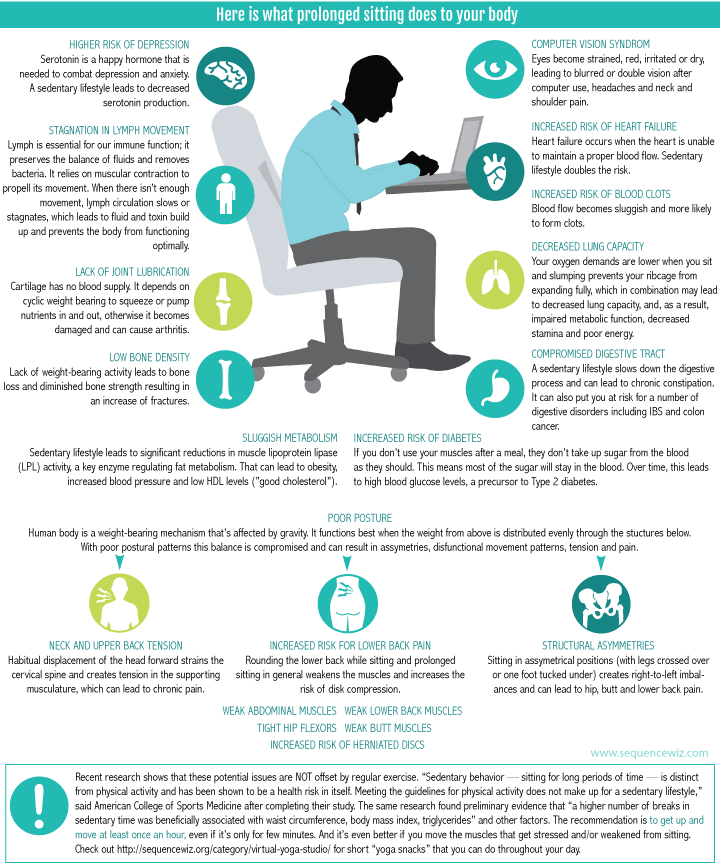
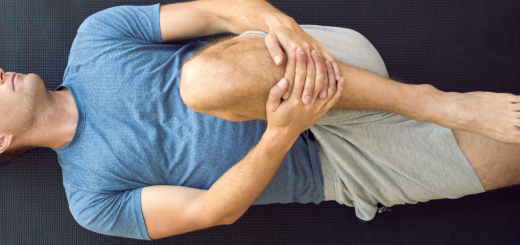
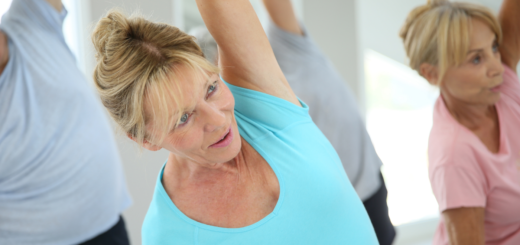
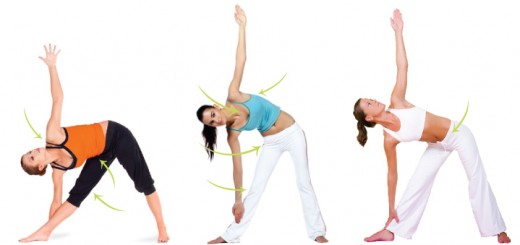
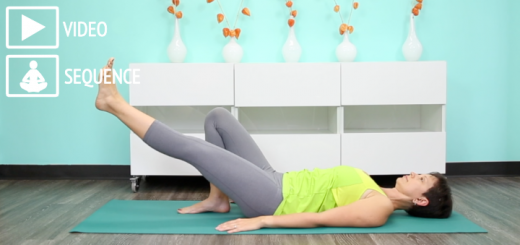















For the love of God, keep writing these arlitces.